What your hair says about your health
Learn about five medical conditions that can affect your hair.
Updated on February 8, 2023
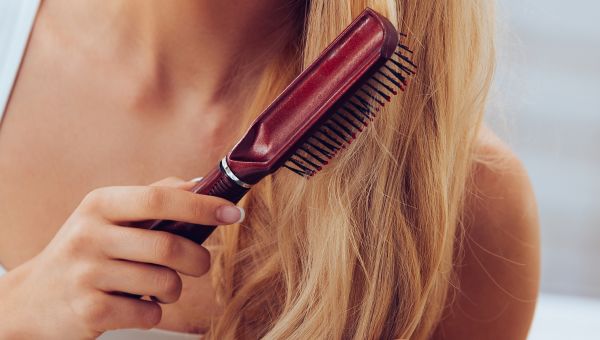
If you’re having more bad hair days than good days, your locks may be trying to tell you something. The state of your hair can be an important indicator of your health.
Read on to learn about five medical conditions that can affect your hair.
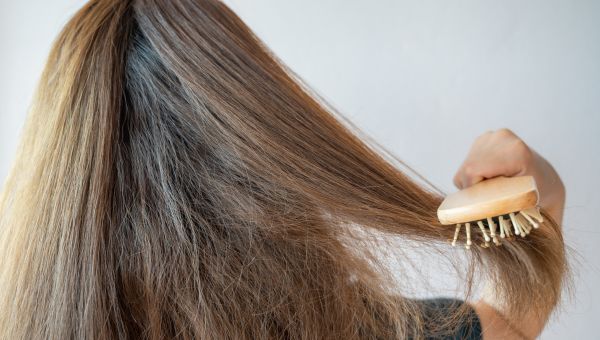
Dry Hair
If your hair is: dry and brittle
It could be: hypoparathyroidism
Dry hair might just mean it’s time to switch shampoos or lay off on the heat styling. Your hair and scalp might also be feeling the effects of a dry climate or harsh, drying products.
But a rare hormonal condition called hypoparathyroidism could also be the culprit. When the parathyroid gland (which lies behind your thyroid) stops making enough parathyroid hormone, it can affect your hair, as well as your muscles, teeth, and cognition. Dry, brittle hair is one possible sign of the condition. Visit your healthcare provider (HCP) if you have dry, brittle hair along with other new symptoms.
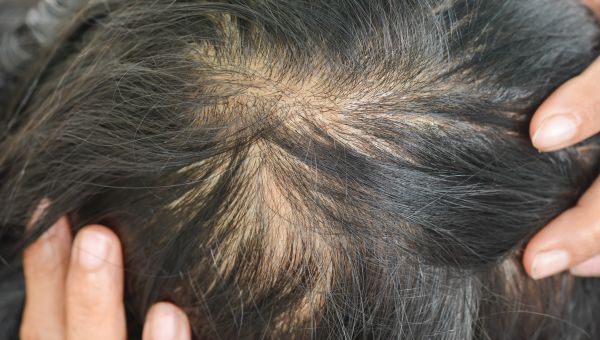
Thinning Hair
If your hair is: thinning
It could be: hypothyroidism
Forget the late-night infomercials promising miracle cures. If your hair is thinning, your first call should be to your HCP. Among many other conditions, thinning hair could be a symptom of an underactive thyroid. Women are more likely than men to develop hypothyroidism, and people over 60 are especially at risk. Weight gain, fatigue, and feeling cold are other symptoms of hypothyroidism, so if you’ve noticed any of these symptoms along with thinning hair, get your thyroid checked out.
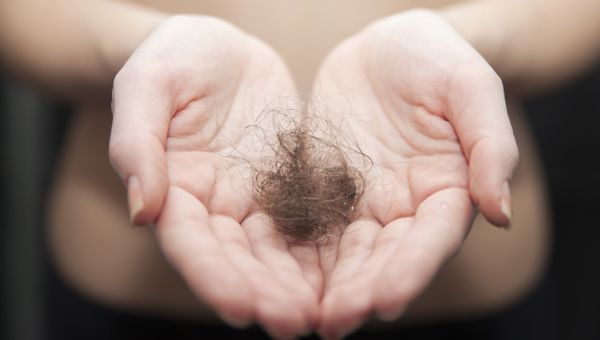
Shedding
If your hair is: falling out
It could be: iron deficiency
It’s normal to lose hair. In fact, the average person loses between 50 and 100 hairs per day. But if you’re shedding excessively, ask your HCP to check your iron. Iron is a key component in oxygen-rich blood, which your hair needs to grow. When you don’t have enough iron, your hair can stop growing and fall out.
Though Americans tend to get enough iron in their diets, good sources include lentils, spinach, tofu, meat, poultry, and fish. It’s important talk to your HCP about low iron levels. Some people with deficiency may need supplements and getting exactly the right dose is important, since they can have serious side effects.
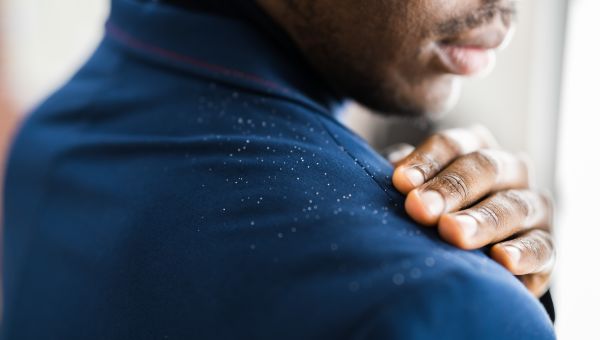
Dandruff
If your hair is: full of white flakes
It could be: seborrheic dermatitis
Dandruff is believed to be caused by a combination of issues with hormones, the immune system, the nervous system, and nutrition. Certain microbes have also been associated with it. Sometimes skin conditions lead to dandruff, including psoriasis, eczema, and seborrheic dermatitis, which causes scaly patches on the scalp that can flake into hair. In infants, it’s often called cradle cap.
Sometimes dandruff caused by seborrheic dermatitis will go away on its own, but if it’s bothering you, see a healthcare provider. In many cases, washing your hair with a dandruff-fighting shampoo can help treat the problem.

Itchy Scalp
If your hair is: itchy
It could be: scalp psoriasis
You may not be able to see scalp psoriasis, but you can certainly feel it. If you’re scratching your head often and with little relief, you may have the condition.
Psoriasis usually looks like scaly, silvery patches. About half of all people with psoriasis have it on their scalps, too. Tar shampoos, shampoos with menthol, steroid cream, keratolytics such as salicylic acid, and oral antihistamines can all provide relief from the itching.

Hair Care Tips
To help keep your hair healthy, try the following strategies:
- Wash oily hair once a day and wash dry hair less often.
- Shampoo your scalp, but only condition your tips.
- Wear a bathing cap in the pool to avoid chlorine damage.
- Skip the blow dryer and curling iron, and don’t brush your hair when it’s wet.
- Wear your hair loose as much as possible. Don’t pull it back into a tight ponytail, bun, or cornrows, or only do so occasionally.
- In the winter, try to stretch the time between coloring sessions.
- Ease up on brushing—you don’t need 100 strokes a day.

Eunice Kennedy Shriver National Institute of Child Health and Human Development (NICHD). Hypoparathyroidism. Page last reviewed June 26, 2019
MedlinePlus. Dry hair. Page last reviewed November 4, 2020.
Hoover E, Alhajj M, Flores JL. Physiology, Hair. [Updated 2022 Jul 25]. In: StatPearls [Internet]. Treasure Island (FL): StatPearls Publishing; 2022 Jan-.
National Institute of Diabetes and Digestive and Kidney Disease. Hypothyroidism (Underactive Thyroid). Page last reviewed March 2021.
Cleveland Clinic. Hypothyroidism. Last reviewed April 19, 2020.
NIH: Office of Dietary Supplements. Iron: Fact Sheet for Health Professionals. Updated April 5, 2022.
American Academy of Dermatology Association. Hair Loss. Accessed on January 20, 2023.
MedlinePlus. Seborrheic dermatitis. Page last reviewed on April 21, 2021.
Tao R, Li R, Wang R. Skin microbiome alterations in seborrheic dermatitis and dandruff: A systematic review. Exp Dermatol. 2021 Oct;30(10):1546-1553.
Mayo Clinic. Dandruff. September 21, 2021.
Mayo Clinic. Seborrheic dermatitis. September 27, 2022.
National Institute of Arthritis and Musculoskeletal and Skin Diseases. Psoriasis. Page last reviewed September 2020.
National Psoriasis Foundation. Over-the-counter topicals. Page last updated on December 21, 2022.
American Academy of Dermatology Association. Tips for healthy hair. Accessed on January 20, 2023.
American Academy of Dermatology Association. 10 hair care habits that can damage your hair. Accessed on January 20, 2023.
More On
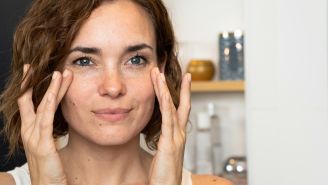
article

article
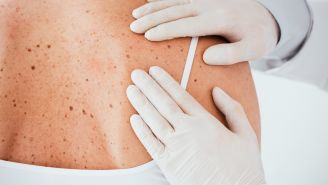
article

article

article
